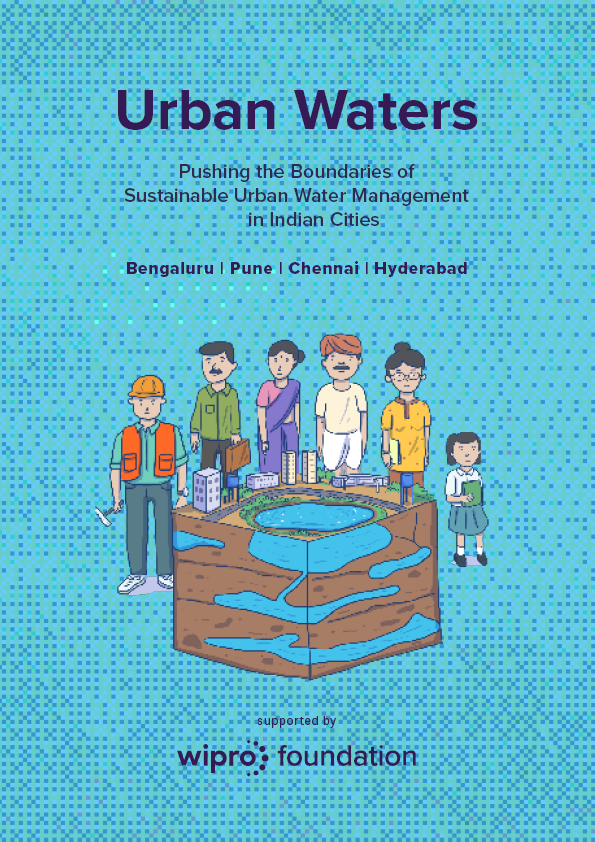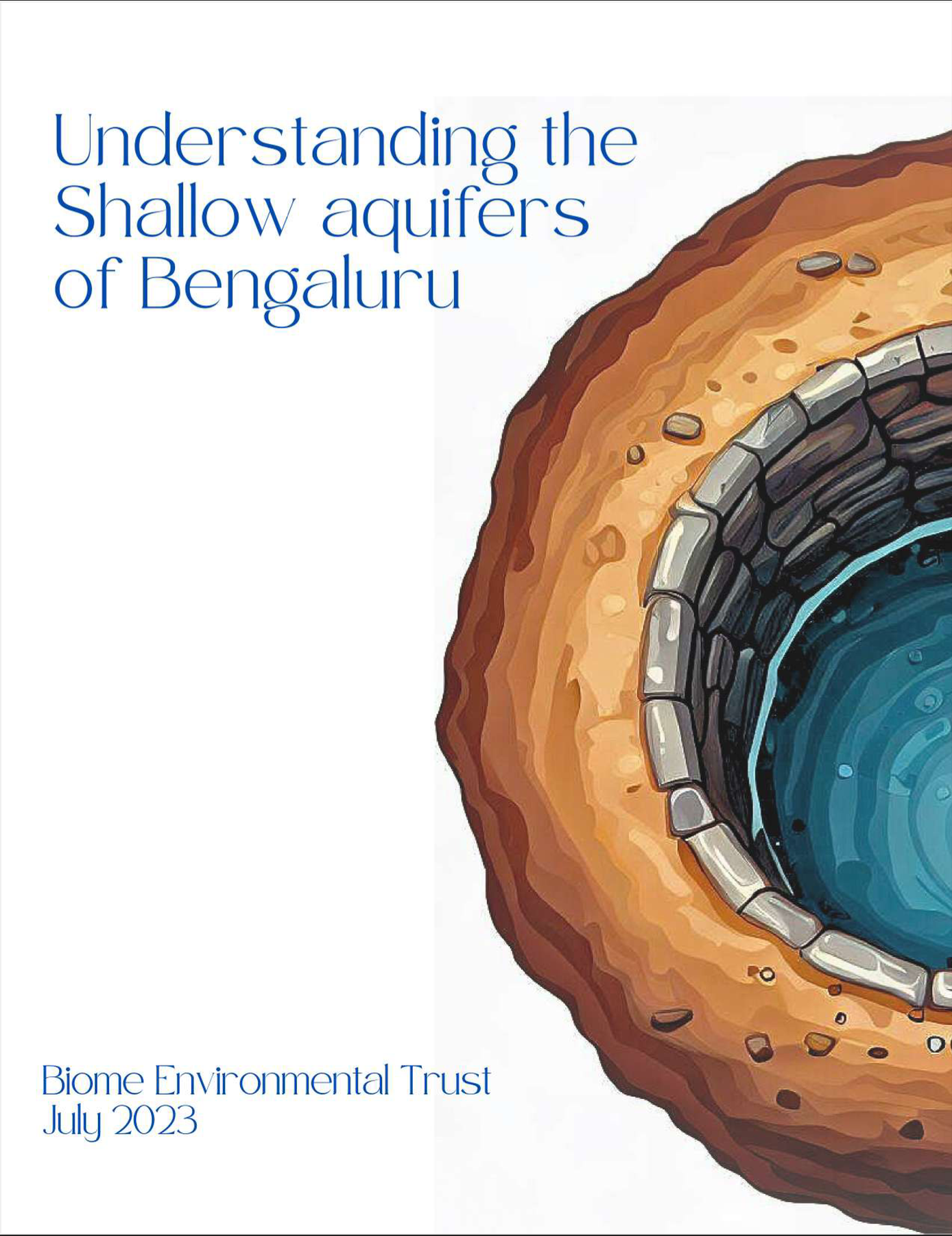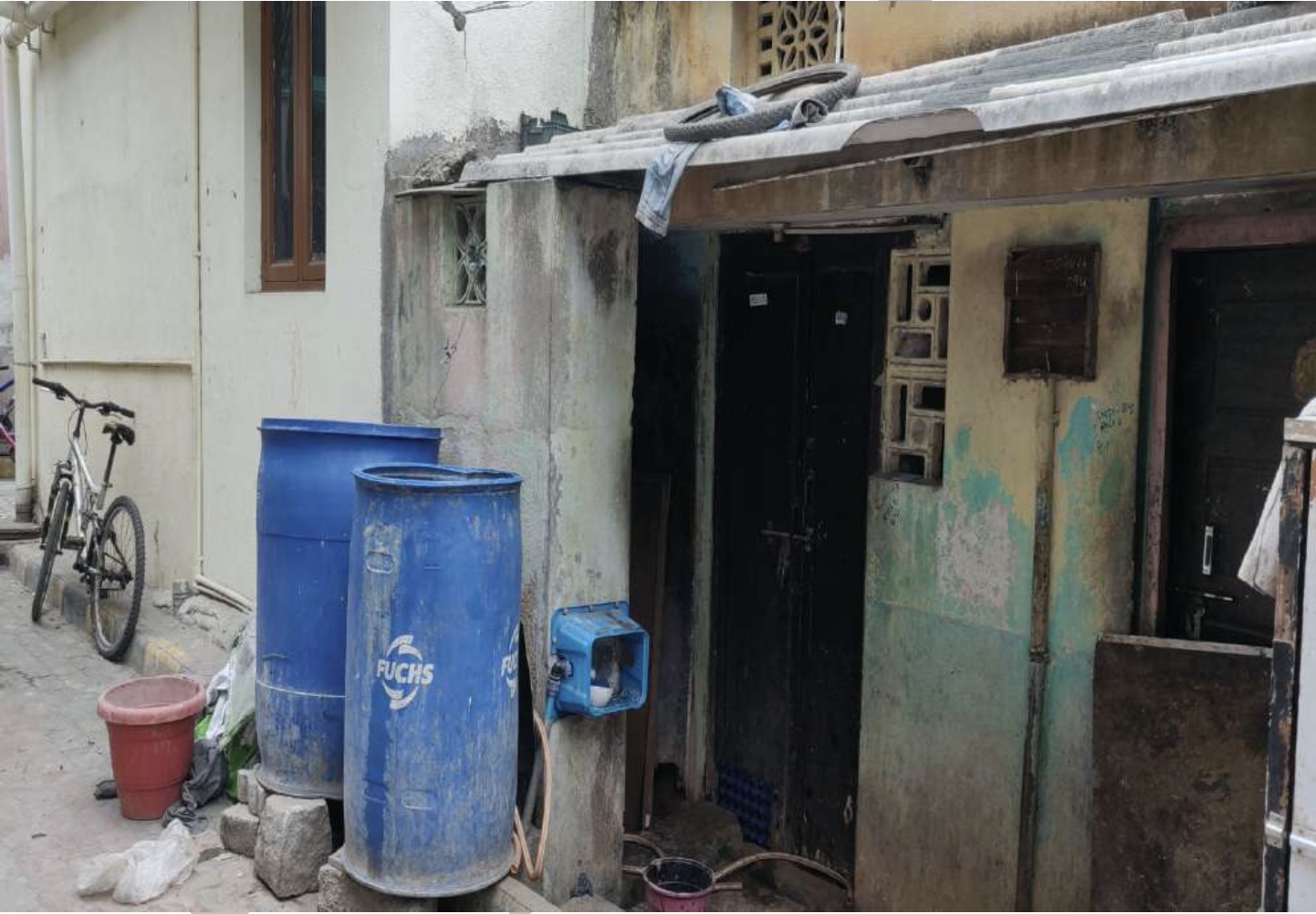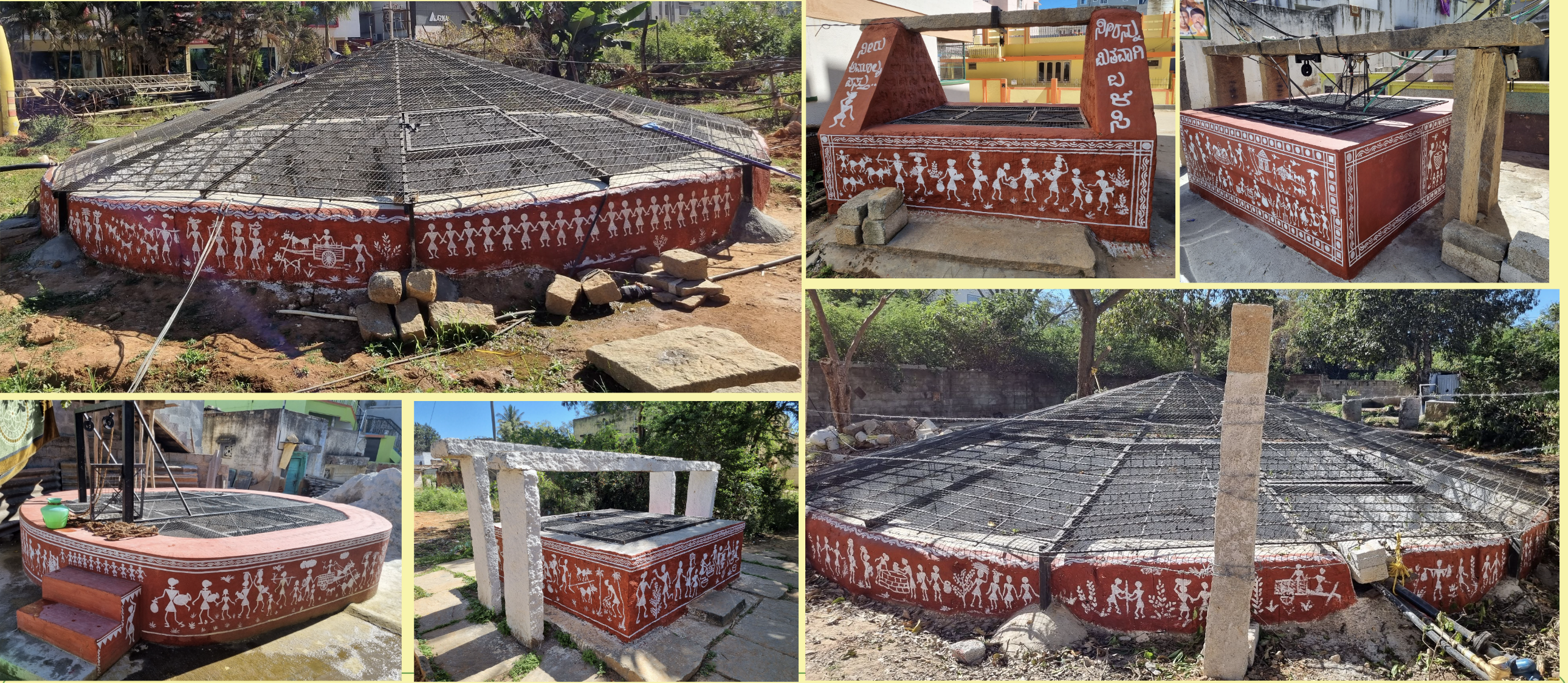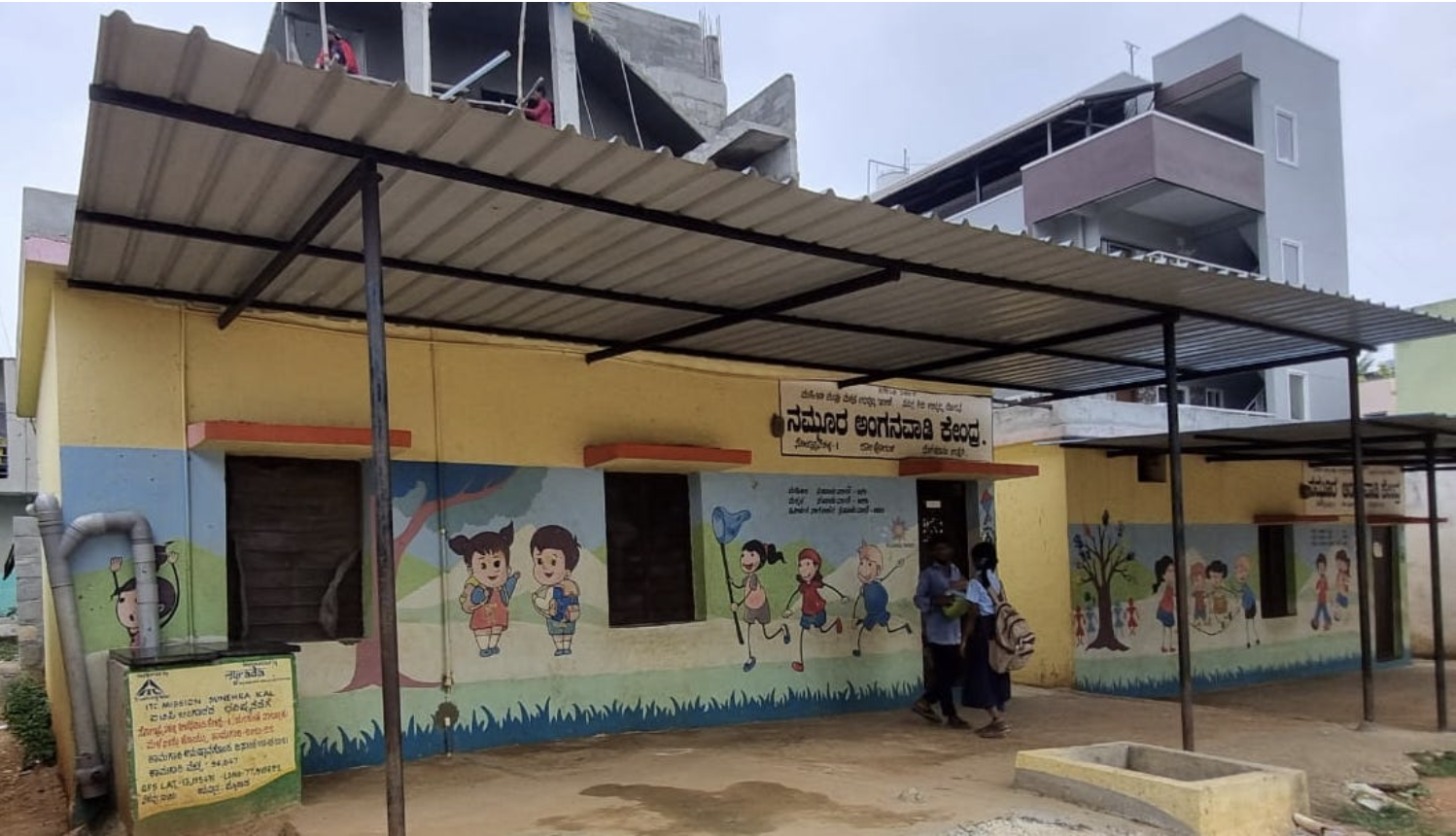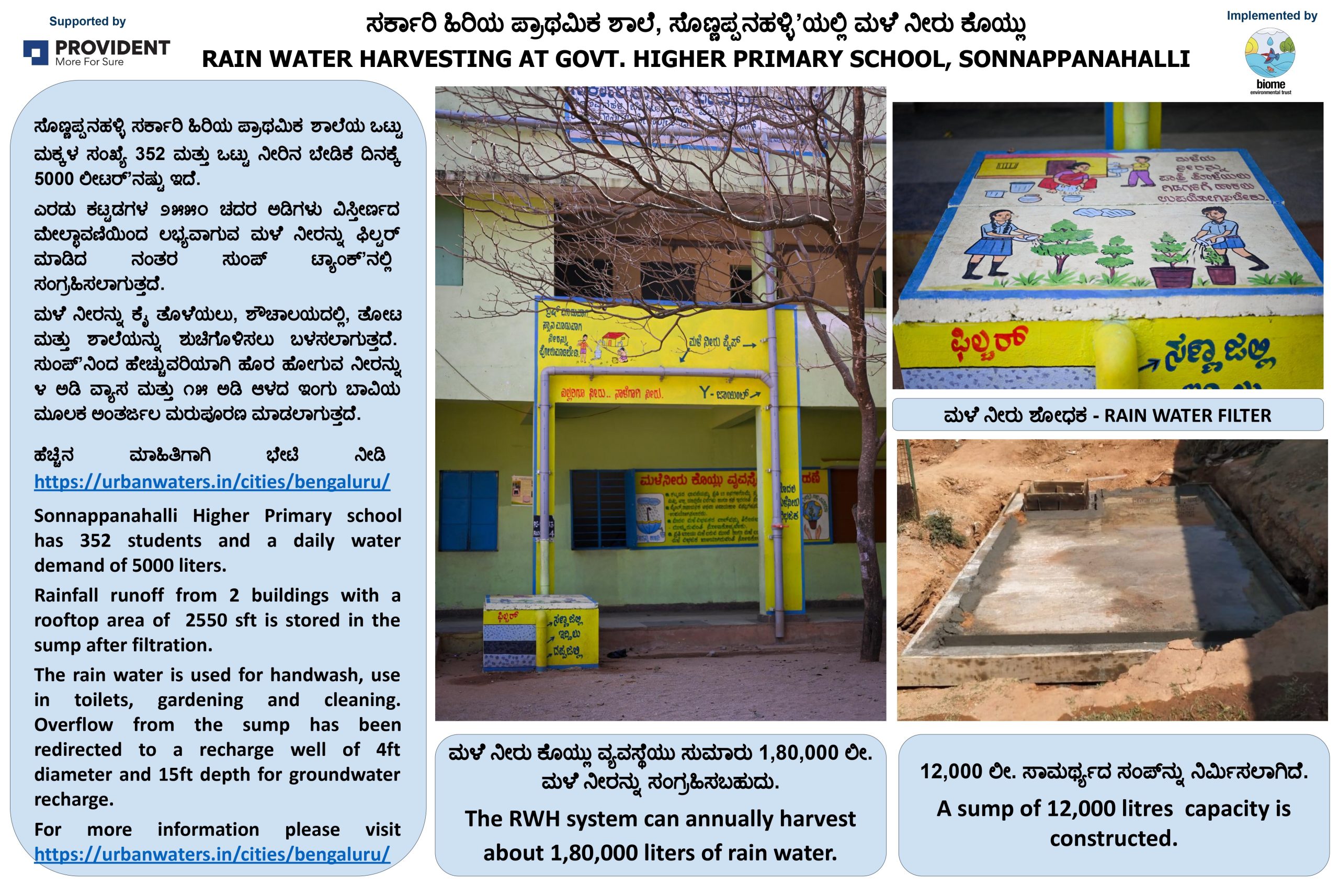Wastewater Treatment and Reuse
In most Indian cities wastewater is a common feature – we see it overflowing our drains and lying stagnant in puddles. Despite the problems it causes, wastewater has hidden potential. It in fact holds a promising solution to water shortage in cities, one that many municipalities and communities are seriously making use of to deal with scarcity.
Wastewater is water that has already been used, either for domestic purposes in our toilets, baths, kitchens, and gardens, or for industrial processes, such as in production or manufacturing. All wastewater should be properly treated and disposed, however when treated for reuse, it can reduce our overwhelming demand for fresh water. Wastewater treated to high standards can even be used to replenish surface water and groundwater and recharge aquifers. Domestic wastewater – untreated or partially treated – is used in irrigation. If health and environment risks are managed well even this can be an intelligent way to reuse wastewater and nutrients in the wastewater. Without treatment, wastewater is lost to us, and it contaminates other water sources, damaging both public health and the natural ecosystem. This is why, water once taken from a source should be treated before it is returned.
Although established in many countries, wastewater reuse is still in a nascent stage in India. Treated wastewater is most commonly used for non-potable purposes. For example, Singapore treats its wastewater to standards so high that the quality of treated water is as good as that of fresh water from catchment lakes; treated water is then supplied to industries. However in places where water is scarce, such as in Windhoek, Namibia, it is the main source of potable water. In India, our capacity to treat sewage is low as we have a low coverage of underground sewerage to transport wastewater and low number of Sewage Treatment Plants (STPs). Only 2% towns in the country have both these facilities. Overall, there is capacity to treat only about 37% of the 62 billion litres of sewage generated daily by urban India.
While sewage treatment “infrastructure” is implemented at the level of towns and cities, it is also common to find STPs at community levels – i.e., at apartment, layout, business campus or institutional campus scales. Wastewater treatment and reuse systems can be designed and implemented even at the individual household level if planned well.
Treating wastewater in India
There are three major stages in wastewater treatment – primary, secondary and tertiary. Raw sewage is first subjected to preliminary treatment where it is strained to remove large objects. Primary treatment is the process wherein sludge settles by sedimentation, and all floating material like oil is skimmed off from the surface. This produces a somewhat homogenous liquid, which then undergoes secondary treatment. In this stage, aerobic or anaerobic bacteria feed on organic matter, thus removing most of it. After this, if necessary, the water can be disinfected through chlorination which will kill off microorganisms. Secondary treated water can be used for non-potable purposes like toilet-flushing and gardening.

Tertiary treatment involves more advanced processes like reverse osmosis (RO) and demineralisation. Dissolved solids and nutrients get further removed during these processes. Depending on the grade of tertiary treatment, recycled water can be used for drinking, as coolant in industries, or in precision industries like electronics.
The most common sewage treatment method used in India is Activated Sludge Process (ASP), which had been invented in England over a century ago. ASP mainly reduces BOD (Biochemical Oxygen Demand), fecal coliform level, turbidity etc. Extended Aeration, Sequential Batch Reactor (SBR) and Upflow Anaerobic Sludge Blanket Reactor (UASB) are some other conventional treatment technologies. These are mostly variations of ASP itself.
Wastewater treatment technologies are typically selected depending on the quality of raw sewage, and the purpose for which it will be reused. For example, Extended Aeration is better suited for treating low sewage loads, and is often used in apartment complexes and residential areas. SBR, on the other hand, can better remove nutrients like nitrogen from sewage, which will allow treated water to be directly let out into lakes.
Conventional methods of wastewater treatment are energy-intensive. Their operation and maintenance is usually complex and requires full-time technical personnel. The availability of spare parts and chemicals is also sometimes a problem. Most conventional STPs do not function as intended owing to improper design, poor maintenance, frequent power cuts and lack of technical manpower. Therefore ensuring these aspects do not go wrong becomes very important.
New treatment processes that follow natural processes are starting to become more popular. These technologies do not require as much maintenance requiring less skill to operate and manage as in conventional STPs.
Soil Biotechnology (SBT), Phytorid, and Decentralised Water Treatment Systems (DEWATS) are examples of unconventional STPs. These technologies mimic natural treatment processes. For example, SBT uses soil, and Phytorid technology uses some specific plants, to treat wastewater.
Regulation and Standards
Polluting industries and big apartments are mandated to treat the wastewater they generate. If they don’t, the Pollution Control Board (PCB) of their state can take action against them. State PCBs enforce the treated water standards that are notified by CPCB. The current standard includes seven parameters – pH, BOD (Biological Oxygen Demand), COD (Chemical Oxygen Demand), TSS (Total Suspended Solids), ammonia nitrogen, total nitrogen and fecal coliform. The standard should be followed whether the effluent is released into land or into a water resource.
In Indian cities, secondary treatment plants are most common, and treated water from these facilities are let out into lakes and rivers. Bengaluru has the highest number of apartments that treat sewage, most of which use at least some of the treated water for toilet-flushing and gardening. There are only a handful of tertiary treatment plants in the country that supply water to industries. One such plant is in Yelahanka, Bengaluru, with capacity of 10 MLD (Million Litres per Day), operated by the Bengaluru Water Supply and Sewerage Board (BWSSB).
Currently, Bengaluru generates 1400 MLD wastewater, as per BWSSB’s conservative estimates. The city has total treatment capacity of 721 MLD, but only 520 MLD gets treated on average. Here is a map of the existing and proposed STPs by BWSSB/BBMP in Bengaluru.
Below is a list of existing STPs operating in the city:
| Plant | Capacity in MLD |
| Vrishabhavathi Valley | 180 |
| K & C Valley | 248 |
| Hebbal Valley | 60 |
| Madivala | 04 |
| Kempambudhi | 01 |
| Yelahanka | 10 |
| Mylasandra | 75 |
| Nagasandra | 20 |
| Jakkur | 10 |
| K. R. Puram | 20 |
| Kadabeesanahalli | 50 |
| Rajacanal | 40 |
| Cubbon Park | 1.5 |
| Lalbagh | 1.5 |
Most of Bengaluru’s wastewater flows downstream untreated. Many farmers use this water for irrigation because it often a more reliable source of water, especially during periods of scarcity. Untreated or partially treated domestic wastewater is also a source of nutrients. However Bengaluru’s wastewater also contains industrial effluents and its use for irrigation while potentially beneficial, is potentially hazardous if not used properly. At present, the health and environmental risks of using wastewater in irrigation are largely unregulated, however, if these risks are managed, irrigation can ensure reuse of both water and nutrients.
An important part of the solution to Bengaluru’s water situation is wastewater reuse. If individual houses and smaller apartments treat their own sewage there is great potential for us to achieve sustainable water for the city. Selecting appropriate technologies will help better maintain STPs and improve the quality of treated water released into the environment.
Reference:
KSPCB STP guide: http://kspcb.gov.in/STP-Guide-web(Lo).pdf


